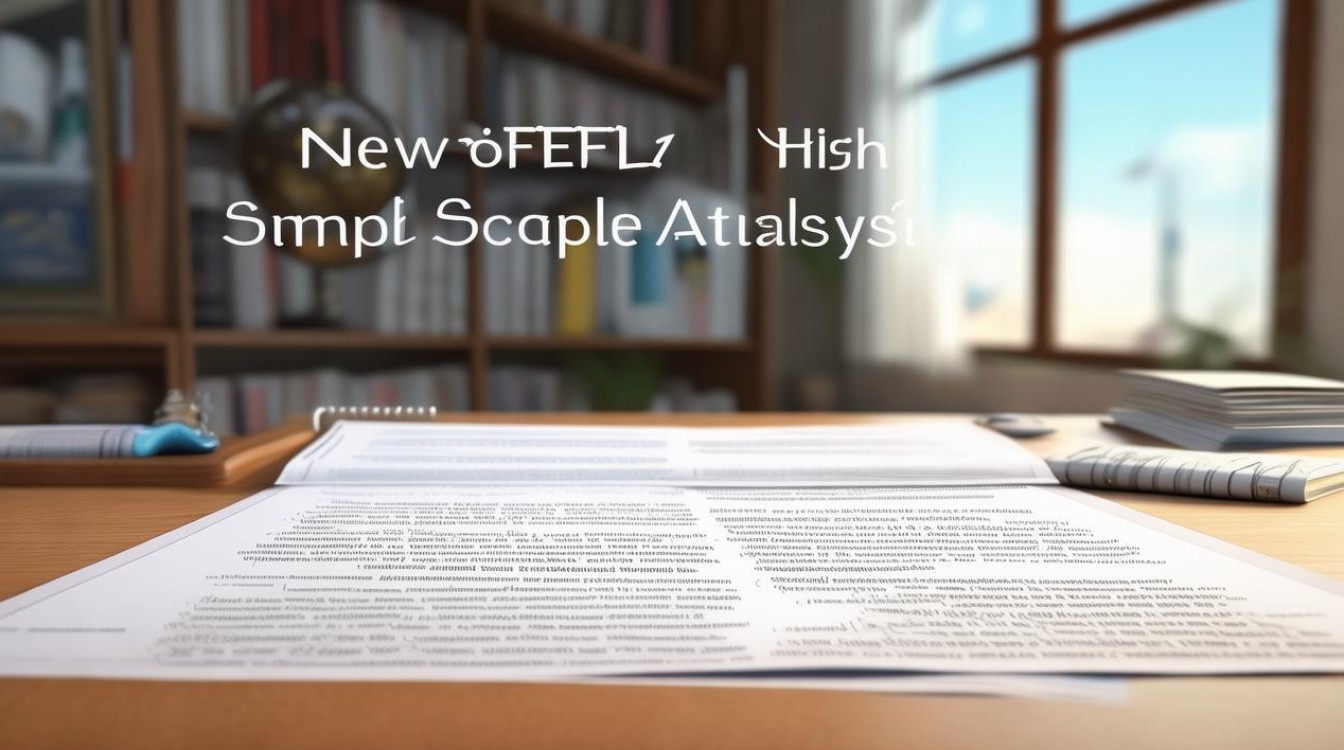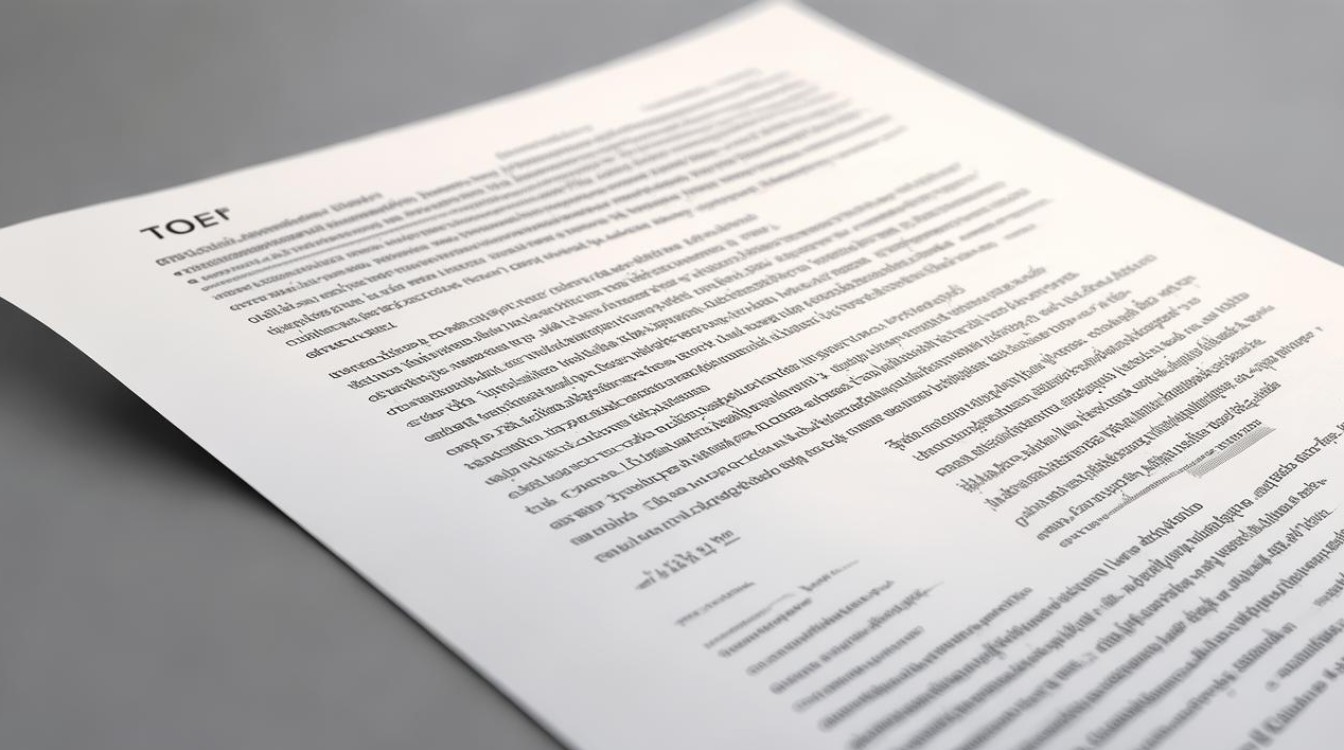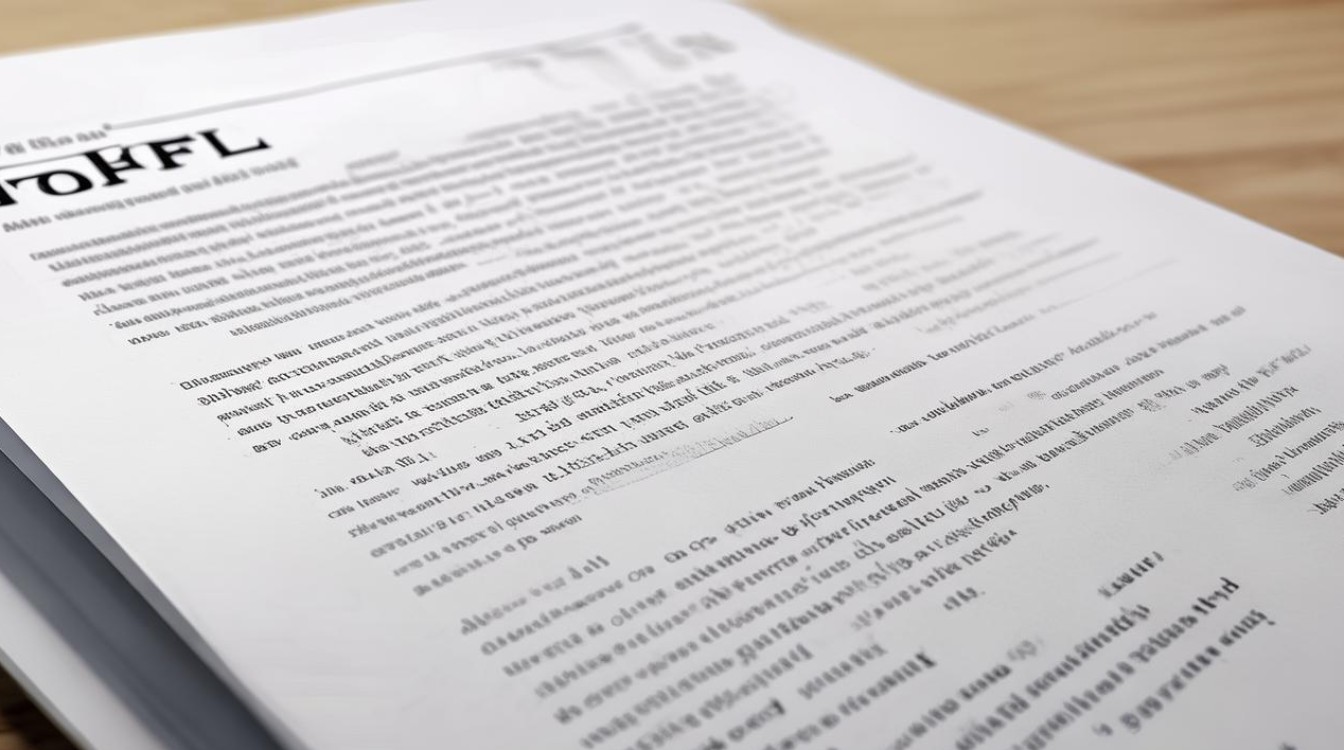托福考试的小作文部分(Integrated Writing)要求考生在短时间内阅读一篇文章并听一段讲座,随后结合两者内容写出150-225字的总结,这一题型考察学生的信息整合能力、逻辑思维和语言表达水平,本文将提供一篇高分范文,并详细解析其写作技巧,帮助考生掌握关键得分点。

高分范文示例
阅读材料观点:
文章认为远程办公(remote work)对企业有三大优势:降低办公成本、提高员工满意度、扩大人才招聘范围,作者指出,企业无需租赁大型办公场地,节省开支;员工因通勤时间减少而更满意;公司可聘用全球各地人才,不受地域限制。
听力讲座反驳:
教授反驳了阅读材料的观点,认为远程办公存在明显弊端,节省的成本可能被技术投入抵消,例如购买软件和网络安全系统;员工满意度未必提升,缺乏面对面交流可能导致孤独感;跨国招聘会带来时区差异问题,影响团队协作效率。
The reading passage outlines three benefits of remote work for companies: reduced operational costs, higher employee satisfaction, and access to a global talent pool. However, the lecture challenges these points by highlighting potential drawbacks.
First, while the reading claims that companies save money by avoiding office rentals, the speaker argues that these savings may be offset by expenses on technology, such as communication software and cybersecurity systems. This suggests that the financial advantage is not as significant as presented.
Second, contrary to the article’s assertion that remote work increases job satisfaction, the professor notes that isolation due to limited face-to-face interaction can negatively impact employees’ mental well-being. Thus, the supposed boost in morale might not materialize.

Finally, the lecture disputes the idea that hiring globally is purely beneficial. Time zone differences can create scheduling conflicts, reducing teamwork efficiency. This undermines the reading’s argument about seamless talent acquisition.
In conclusion, the lecture systematically refutes each advantage mentioned in the passage, presenting a more nuanced view of remote work’s implications for businesses.
写作技巧解析
结构清晰,逻辑严密
高分范文通常采用“总-分-总”结构,首段概括阅读和听力的核心矛盾,中间三段分别对应三个分论点,结尾简要总结对立关系,这种结构确保逻辑连贯,方便阅卷人快速抓取信息。
关键点:
- 使用过渡词(However, First, Second, Finally)明确层次;
- 每段聚焦一个反驳点,避免信息混杂;
- 结尾不引入新观点,仅强调对立关系。
精准转述,避免照抄
ETS评分标准明确要求考生用自己的语言表述信息,范文将阅读中的“lower office costs”改写为“reduced operational costs”,听力中的“feel lonely”转化为“isolation… impacts mental well-being”,既保留原意又体现语言多样性。

常用改写方法:
- 同义词替换(e.g., “disadvantage” → “drawback”);
- 词性转换(e.g., “invest in technology” → “expenses on technology”);
- 句式调整(主动变被动,简单句合并为复合句)。
细节对应,反驳充分
中间段落严格遵循“阅读观点→听力反驳→分析关系”的公式,第二段先引用阅读中的“员工满意度”,再引入听力的“孤独感”论据,最后用“Thus”连接两者,形成完整逻辑链,这种“观点-证据-的闭环能有效展示批判性思维。
易错点提醒:
- 不可遗漏听力中的关键细节(如“时区差异”);
- 避免主观评价,只客观呈现矛盾; 占比应略多于阅读(约60% vs 40%)。
语言简洁,语法准确
托福写作不要求复杂词汇,但需避免重复和错误,范文中“offset”“undermine”等学术词汇的恰当使用,以及被动语态(“is not as significant as presented”)的灵活运用,既符合学术写作风格,又提升了语言质量。
高分表达积累:

- 反驳关系:challenge, contradict, cast doubt on
- 因果关系:consequently, thereby, as a result
- 对比关系:whereas, in contrast, on the contrary
常见失分点及规避策略
- 听力细节遗漏:笔记时需重点记录教授的反驳理由(如“技术成本”“时区问题”),可使用符号速记法(如“$→tech”表示成本投入)。
- 观点混淆:用不同颜色笔记区分阅读和听力内容,写作时先列出对应关系再展开。
- 超字数或不足:平时练习时设定175字、200字、225字的标记点,培养篇幅把控能力。
备考建议
-
模版定制:根据个人语言习惯整理开头结尾模板,但中间段落需灵活调整。
“The reading argues that…, whereas the lecture maintains…”
“This directly contradicts the passage’s claim that…” -
真题精练:优先练习TPO 50-76及近年真题,分析官方范文的得分逻辑。
-
交叉验证训练:听完讲座后尝试默写反驳点,再对比原文,强化信息捕捉能力。
托福小作文的高分核心在于“准确”而非“创新”,只要扎实掌握听力阅读的对应关系,配合清晰的逻辑呈现,完全可以在20分钟内完成一篇满分回应。

